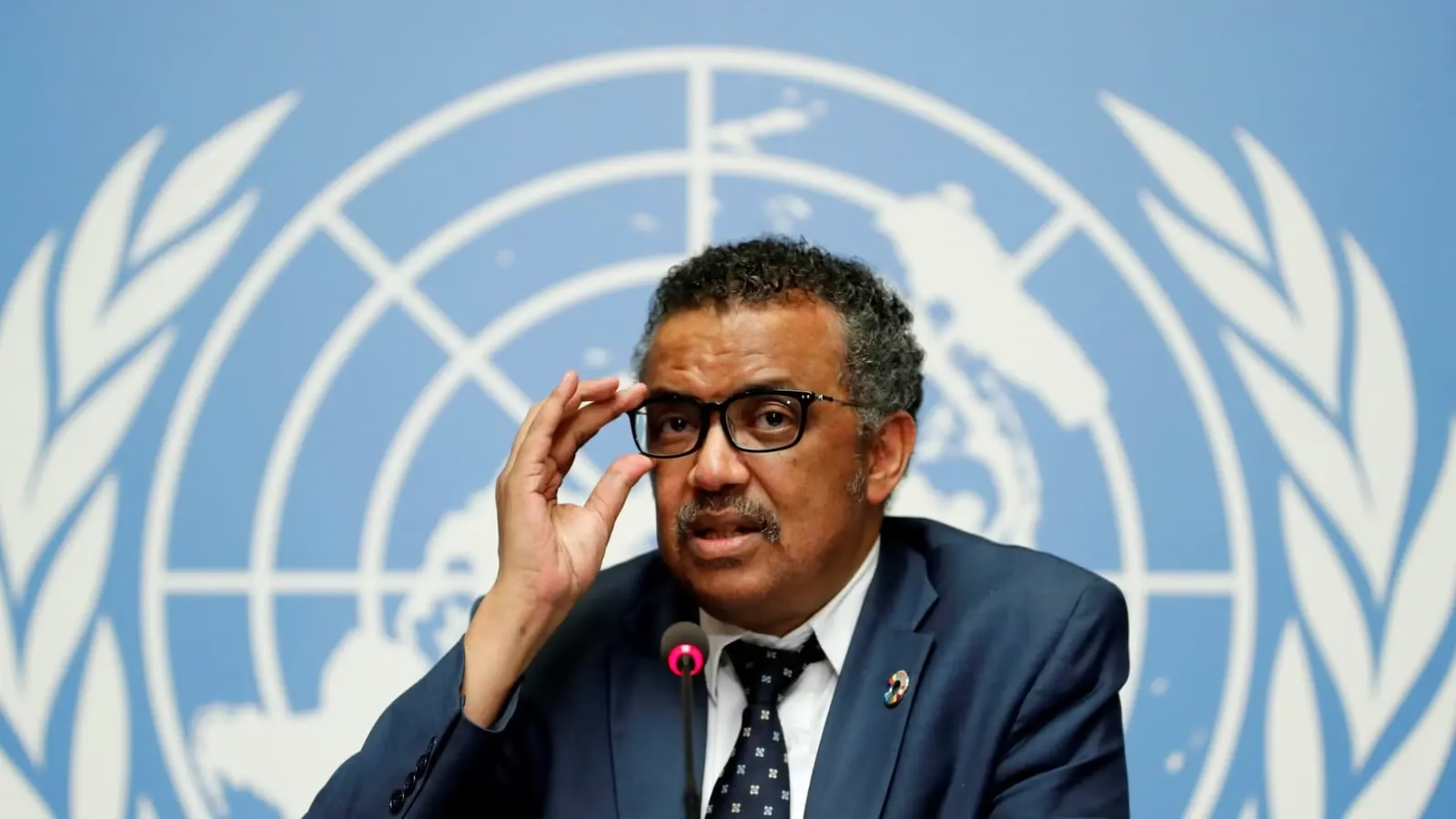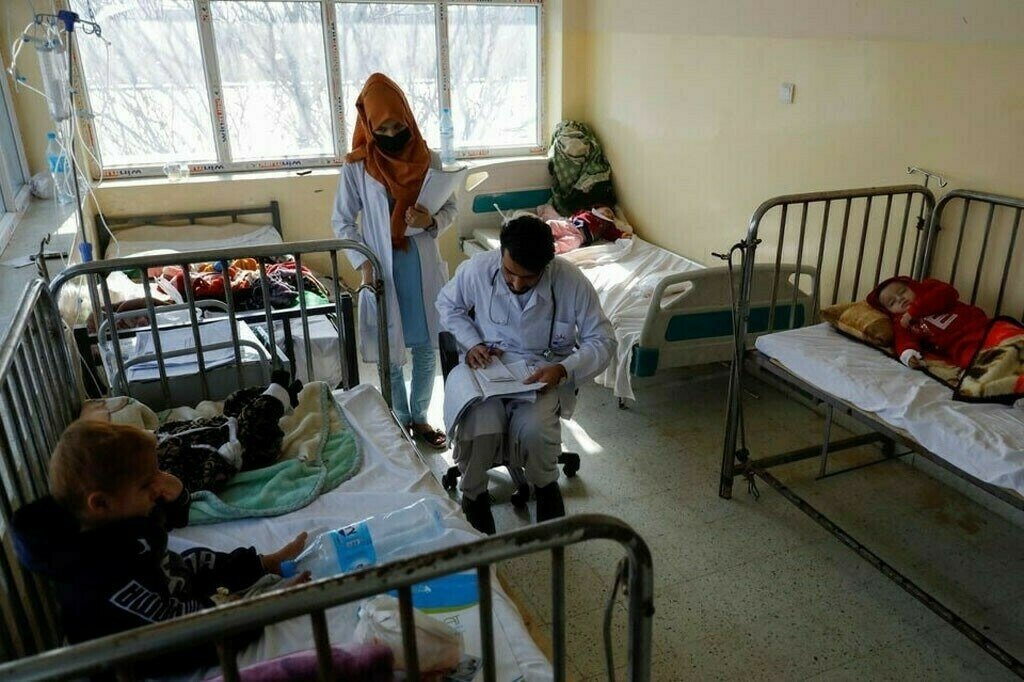The World Health Organization (WHO) is significantly downsizing its operations, with its director-general, Tedros Adhanom Ghebreyesus, confirming that the agency has halved its management team and will need to scale back its activities. This decision comes four months after the United States announced its intention to leave the WHO and cut its funding, marking a major shift in the agency’s financial landscape.
US Exit and Financial Challenges
Tedros made the announcement during a budget committee meeting on Wednesday, ahead of the WHO’s annual meeting next week. He bluntly stated, “To be blunt, we cannot do everything,” emphasizing the financial and operational challenges faced by the agency following the US’s decision to withdraw.
The US, the WHO’s largest financial backer, triggered the withdrawal process when former President Donald Trump announced in January that the country would leave the organization. Under US law, a one-year notice period is required before the withdrawal takes effect, and the US still owes outstanding fees. This departure has left a significant gap in the WHO’s budget, leading to the need for major adjustments.
Budget Cuts and Efficiency Measures
The WHO is facing a proposed 21% cut to its budget for the 2026-2027 period, reducing the total budget to $4.2 billion. Tedros explained that this reduced budget would only be about 60% funded, contingent on member states agreeing to raise their mandatory fees during the upcoming meeting.
In response to these financial constraints, the WHO has already implemented efficiency measures and aims to save around $165 million this year. This includes reducing the number of its departments from 76 to 34 and cutting staff costs by 25%. However, Tedros clarified that these reductions do not necessarily mean a 25% reduction in jobs, but rather a scaling back of the organization’s overall operations.
Impact on WHO’s Workforce and Operations
The downsizing will also result in a smaller leadership team, which has been reduced from 14 to 7 people. Notable changes include Dr. Jeremy Farrar, the WHO’s chief scientist, being reassigned to a new role as assistant director-general for health promotion and disease prevention and control. Dr. Chikwe Ihekweazu will become the executive director of the health emergencies programme, while Dr. Sylvie Briand will take over as chief scientist.
These changes underscore the WHO’s effort to streamline its management and prioritize resources more efficiently, given the reduced budget.
Global Health Collaboration Amidst Reductions
Tedros highlighted the importance of collaboration with other global health organizations, acknowledging the need to work together more closely due to the financial and operational limitations. He stressed that the WHO’s ability to continue its global health work would be heavily influenced by the decisions made by member states regarding funding and priority areas.
Conclusion: A Shift in WHO’s Role
The WHO’s restructuring marks a significant shift in its operations and reflects the broader challenges faced by international organizations when key financial contributors reduce their support. As the WHO adjusts to these changes, its future ability to address global health challenges will depend on the level of commitment and collaboration from its member states and partners worldwide.



